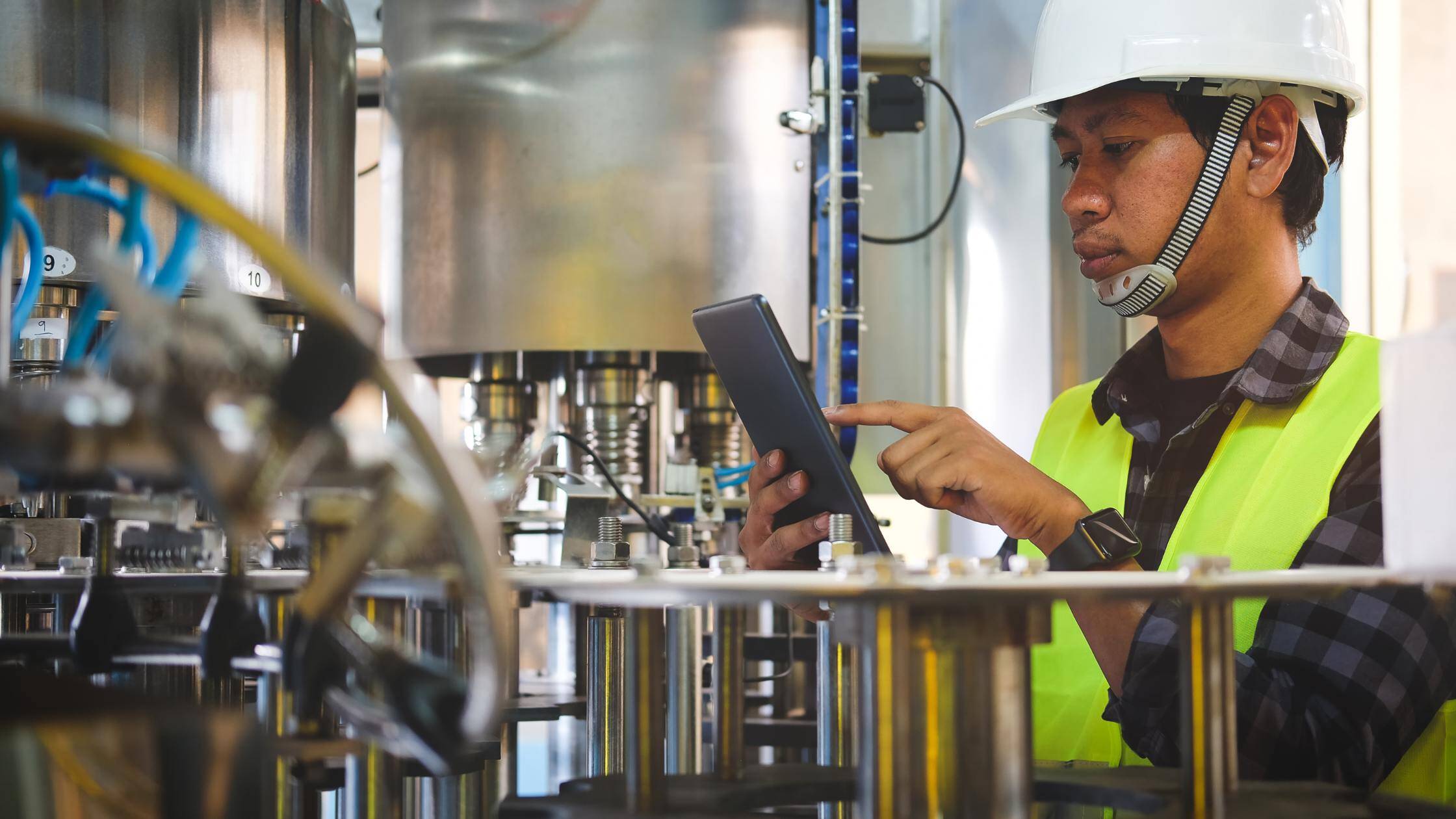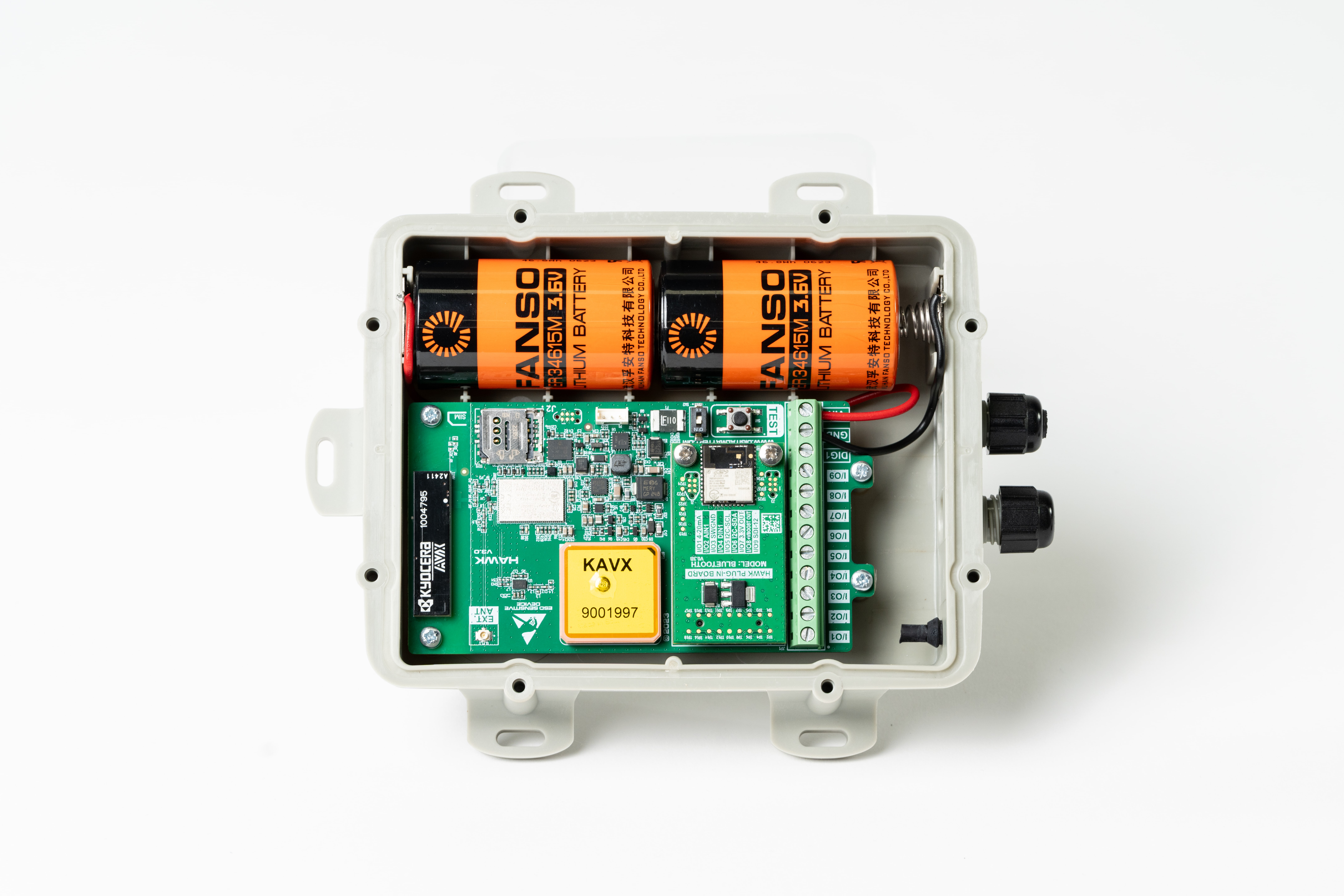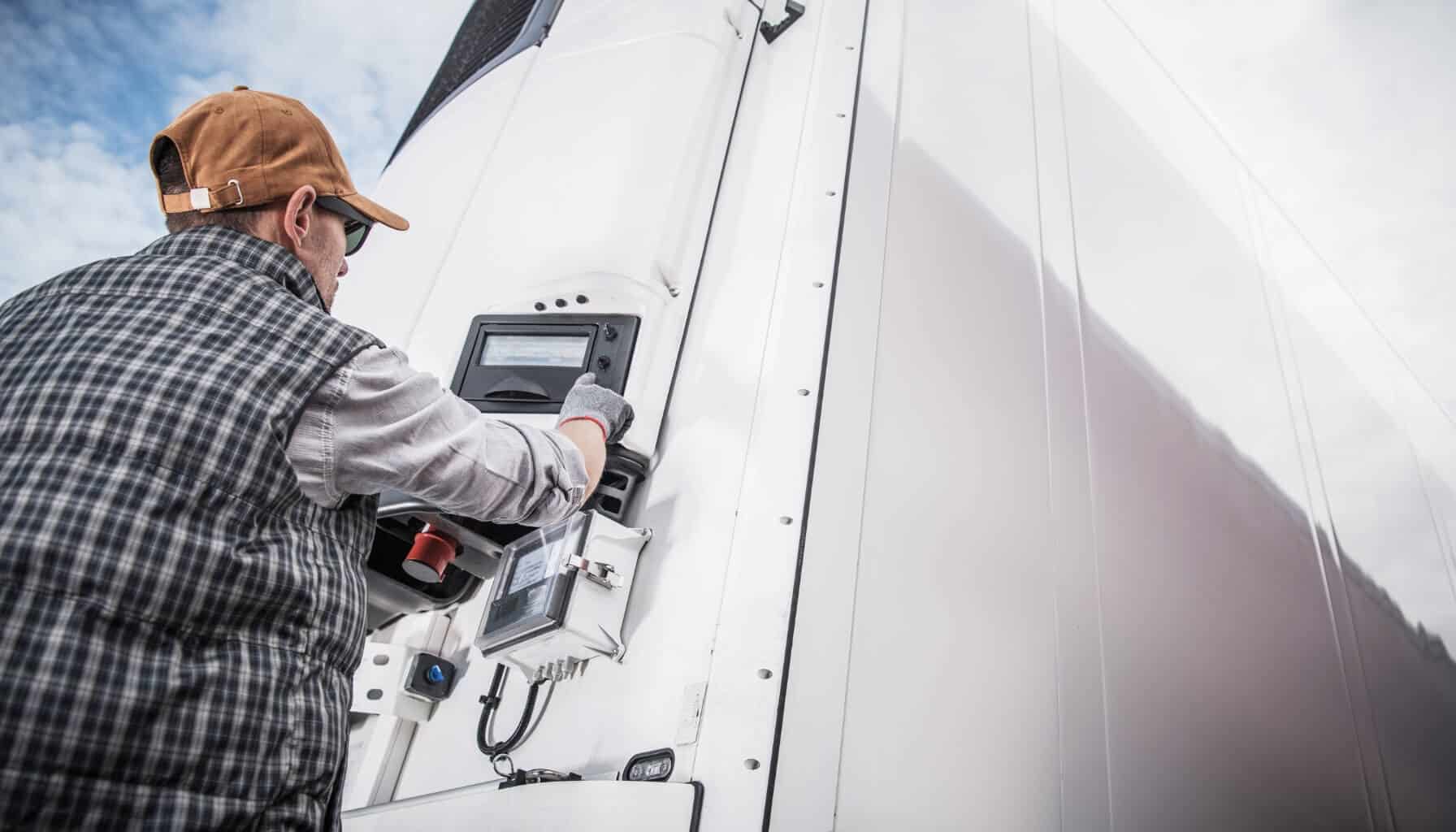RS-485 Sensor Monitoring

Our mission is to help businesses connect, protect, and derive more value from their assets. As a leading global innovator, developer, and supplier of IoT solutions, we drive continuous innovation to enable our partners to deploy confidently at scale worldwide.

Key Takeaways
- Use of RS-485 for long-distance, multi-device communication: RS-485 enables reliable serial communication in industrial, utility, and building systems, supporting up to 32 devices over long distances while resisting electrical noise through differential signaling.
- Applications in automation and infrastructure monitoring: RS-485 is widely adopted for connecting sensors in process control, energy metering, water treatment, HVAC systems, and access control, facilitating efficient monitoring of temperature, flow, pressure, and system status.
- Integration with data loggers for real-time insights: Data loggers like the Hawk interface with RS-485 networks to collect, process, and transmit sensor data to cloud platforms, enabling near real-time monitoring, centralized control, and improved system diagnostics in complex environments.
What is RS-485?
RS-485 is a robust standard for serial communication, widely used in industrial environments for its ability to handle long-distance communications and support multiple devices over the same bus. Its key features, such as differential signaling, multi-point configuration, and high data rates, ensure reliable data transmission even in noisy electrical environments. This makes RS-485 ideal for applications in industrial automation, utility networks, and building automation, where reliable and efficient sensor monitoring is critical.
RS-485 Sensor Monitoring
RS-485 is a standard for electrical characteristics of drivers and receivers for use in serial communications systems. It is widely adopted in industrial environments for its robustness in handling long-distance communications and its ability to support multiple devices over the same bus.
Key Features of RS-485:
- Differential Signalling: RS-485 uses differential signaling to transmit data, which helps in resisting electromagnetic interference and thus ensures reliable data transmission over longer distances.
- Multi-Point Configuration: RS-485 can connect dozens of devices on the same bus, which makes it ideal for complex network setups in industrial applications.
- High Data Rate: RS-485 supports data rates up to 10 Mbps at short distances and lower rates at distances up to 1200 meters (4000ft).
- Bi-Directional Communication: RS-485 supports full-duplex communication, allowing data to be sent and received simultaneously when set up with four wires.
How It Works:
In an RS-485 network, communication occurs between a master and multiple slave devices. The master initiates communication, and the addressed slave device responds based on the protocol being used. Each device connected to the bus can act as a transmitter or receiver, depending on the control signals from the master device.
This balanced transmission system, combined with its ability to operate in electrically noisy environments, makes RS-485 suitable for a wide range of industrial applications.
Applications and Sensor Types of RS-485 in Monitoring Systems
Industrial Automation:
- Process Control Systems: RS-485 is used to connect sensors that monitor operational parameters such as temperature, pressure, and flow within industrial facilities.
- Manufacturing Equipment: Communication between various pieces of automated machinery and control systems often utilizes RS-485 for its reliability and scalability.
Utility Networks:
- Energy Management: Smart meters and energy management systems employ RS-485 for monitoring and reporting parameters associated with energy usage.
- Water Treatment Facilities: Sensors that monitor chemical levels and water quality use RS-485 for data transmission to central control systems.
Building Automation:
- HVAC Control Systems: Sensors and controllers within HVAC systems use RS-485 to ensure efficient operation and energy management.
- Security and Access Control: RS-485 facilitates communication in security systems, including access control panels and surveillance cameras.
Reading RS-485 Data
RS-485 data loggers and controllers typically handle the conversion of data between the differential signals used on the RS-485 bus and the digital signals used by computers and other devices. These data loggers collect data from multiple sensors on the network, process the data, and either store it for later retrieval or transmit it end platforms for near real-time monitoring.
Data loggers such as the Hawk Data Logger are designed to seamlessly integrate with RS-485 networks, enhancing data acquisition and monitoring capabilities. The Hawk enables robust data handling, support for multiple communication standards, and tools for detailed data analysis and diagnostics. This is exceptionally useful in large-scale industrial applications where data integrity and system reliability are critical.

Summary
RS-485 sensor monitoring is essential in industrial and building management systems where long-distance communication and high network reliability are required. Its ability to support multiple devices over significant distances and in electrically noisy environments makes it a preferred choice for robust communication solutions. Coupled with sophisticated data loggers like the Hawk, RS-485 ensures comprehensive monitoring and efficient control of complex systems, contributing significantly to operational efficiency and safety in various sectors.
We offer pre-defined I/O cards for common applications, including RS-485 interfaces for easy sensor integration. Explore the Hawk data logger to learn more or contact us to discuss your solution.


.png)


.jpg?width=352&name=Untitled%20design%20(7).jpg)

